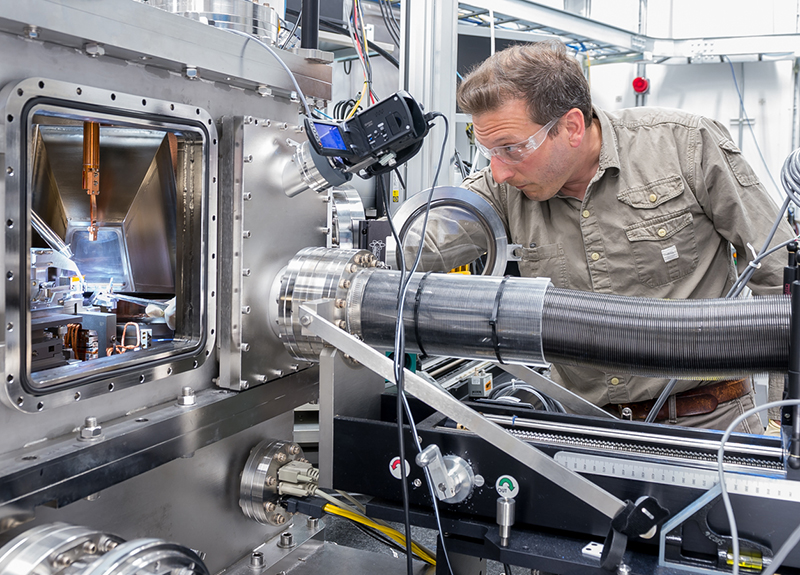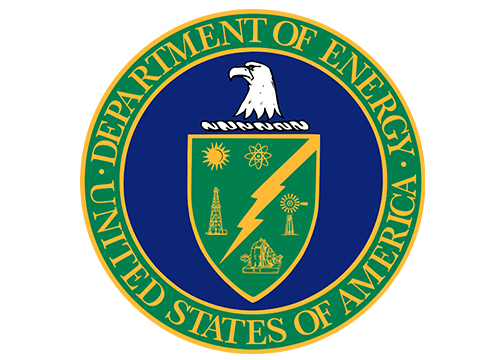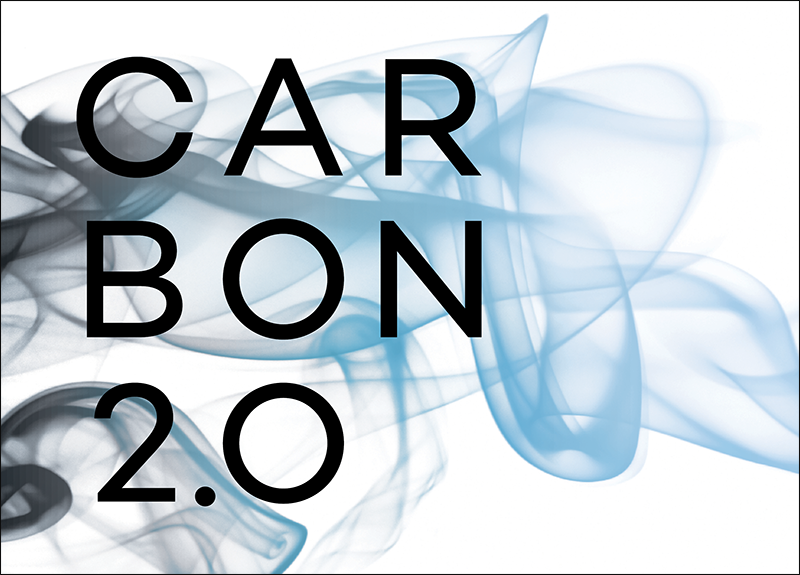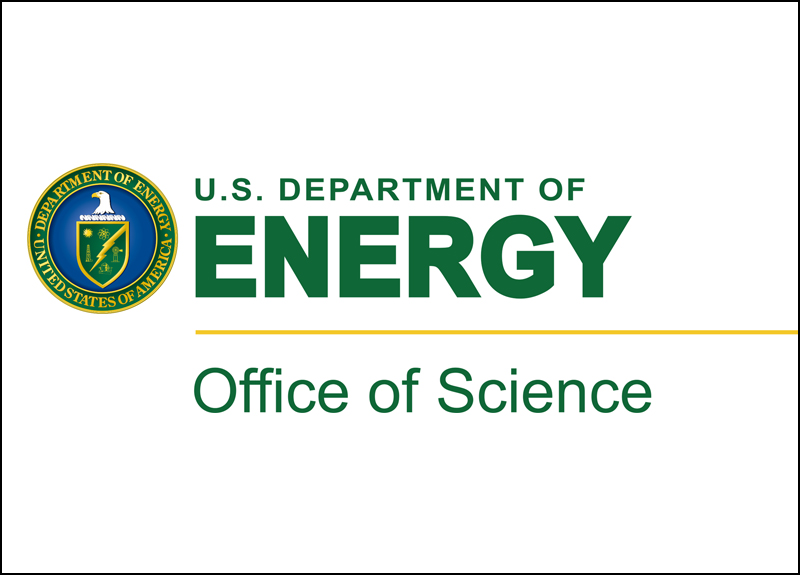Northwestern-Argonne partnership fuels interdisciplinary discovery, scientific collaboration, and student research opportunities
By Roger Anderson // Originally published by Northwestern's Office for Research
In the blink of an eye, the ultrafast “strobes” in Richard Schaller’s optics lab can fire up to a trillion times.
The immense speed (about a quadrillionth of a second) with which each burst of light is delivered allows Schaller to investigate the electronic behavior in a host of new materials.
“We’re able to gain fundamental understanding of semiconductors and nanoscopic semiconductors that can guide development of solar cells, light-emitting diodes, and photocatalysts,” says Schaller, a Northwestern chemist who maintains a joint appointment at Argonne National Laboratory and its Center for Nanoscale Materials, where his research lab is located.
Schaller is also a senior fellow at the Northwestern Argonne Institute of Science and Engineering (NAISE), one of more than 50 University Research Institutes and Centers at Northwestern. Launched in 2011 and codirected by Peter Voorhees and Peter Beckma, NAISE acts as a knowledge hub and bridge, bringing together researchers from each institution to create powerful collaborations in fields such as energy, biological and environmental systems, data science and computation, materials, and national security.
NAISE currently facilitates 137 joint appointments: 96 based at Argonne and 41 at Northwestern. The institute also provides students and postdoctoral scholars with many unique educational and training opportunities.
Among nearly a dozen NAISE interns at Argonne last summer was Northwestern junior Sarah O'Brien, who has continued her exploration of machine learning and computer science this academic year.
“Programs like these allow students to move from the classroom into a DOE national lab where they can gain hands-on experience and apply what they’ve learned to ongoing research,” says Jennifer Dunn, director of research at NAISE. “The Institute’s Center for Hierarchical Materials Design (CHiMaD) and Center for Water Research (see sidebar) further connect the University, Argonne, and scientific community-at-large around topics of materials research, water purification, and urban flooding prediction and mitigation.”
O'Brien continues to work alongside NAISE senior fellow Maria Chan, a scientist at Argonne’s Center for Nanoscale Materials whose research aims at using machine learning and computer vision in conjunction with atomistic modeling to accelerate the understanding of nanoscale materials. At Northwestern, O'Brien’s academic advisor is NAISE fellow Oliver Cossairt, electrical and computer engineering. Chris Wolverton, materials science and engineering, and graduate student Eric Schwenker are also collaborators on the Chan, Cossairt, O'Brien research project.
Located less than 40 miles southwest of the Evanston campus, Argonne is a multidisciplinary science and engineering research center where scientists pursue discoveries in concert with universities, industry, and other national laboratories on “grand challenge” research questions.
Dual Strengths
Lin Chen, a senior scientist at Argonne and a professor of chemistry at Northwestern, has labs at both institutions. During the academic year, Chen splits her time equally between the two institutions with an overlapping focus on research and mentorship. Her investigations are related to the transformation of solar photon energy to electricity and fuels. These transformations are considered critical for enhanced renewable energy and global sustainability applications. Her approach relies on extensively pulsed lasers that allow her to take snapshots of molecular structures and make molecular movies during light energy conversions to electricity and fuels. Chen is a pioneer in X-ray transient absorption spectroscopy, establishing the first facility of its kind at the Advanced Photon Source (APS) at Argonne nearly 20 years ago.
Chen joined Argonne in 1989 and accepted a joint appointment at Northwestern in 2007. Since that time, she says her research productivity has tripled.
“Argonne is seen as a sort of paradise for the research community, but early in my career I often worked with a limited number of collaborators,” Chen says, referencing the role that the APS has played in enhancing the lab’s reputation. “The ability to build scientific collaborations with many colleagues at Northwestern, while educating students and exposing them to an alternative career path has been extremely rewarding.”
Chen’s joint appointment has enabled her to facilitate important collaborations through the Argonne Northwestern Solar Energy Research Center, now known as the Light Energy Activated Processes (LEAP). Through the center, she has collaborated with Northwestern faculty members in the Department of Chemistry, including Tobin Marks, Mark Ratner, and Fraser Stoddart. She is currently leading a DOE-funded project studying the “Effects of Ultrafast and Coherent Electronic and Nuclear Motions in Photochemical Processes.” The project includes Ratner and Schaller, and another Northwestern chemist, George Schatz, and features collaborations between experimentalists and theorists. Chen and Schaller also recently published papers with Northwestern’s William Dichtel and Nathan C. Gianneschi, both chemistry.
“The facilities at Argonne are often the first thing that attract researchers to the national lab, but very quickly, people realize that it’s the expertise of Argonne scientists that create these amazing collaborations and ongoing scientific interactions,” says Schaller, who considers a group of about 25 faculty members and Argonne staff as regular contributors to his work. “My role within NAISE allows me to promote these mutually beneficial interactions that push scientific progress, while also facilitating an educational and learning environment for future members of what will be a highly technical and diverse scientific workforce.”






